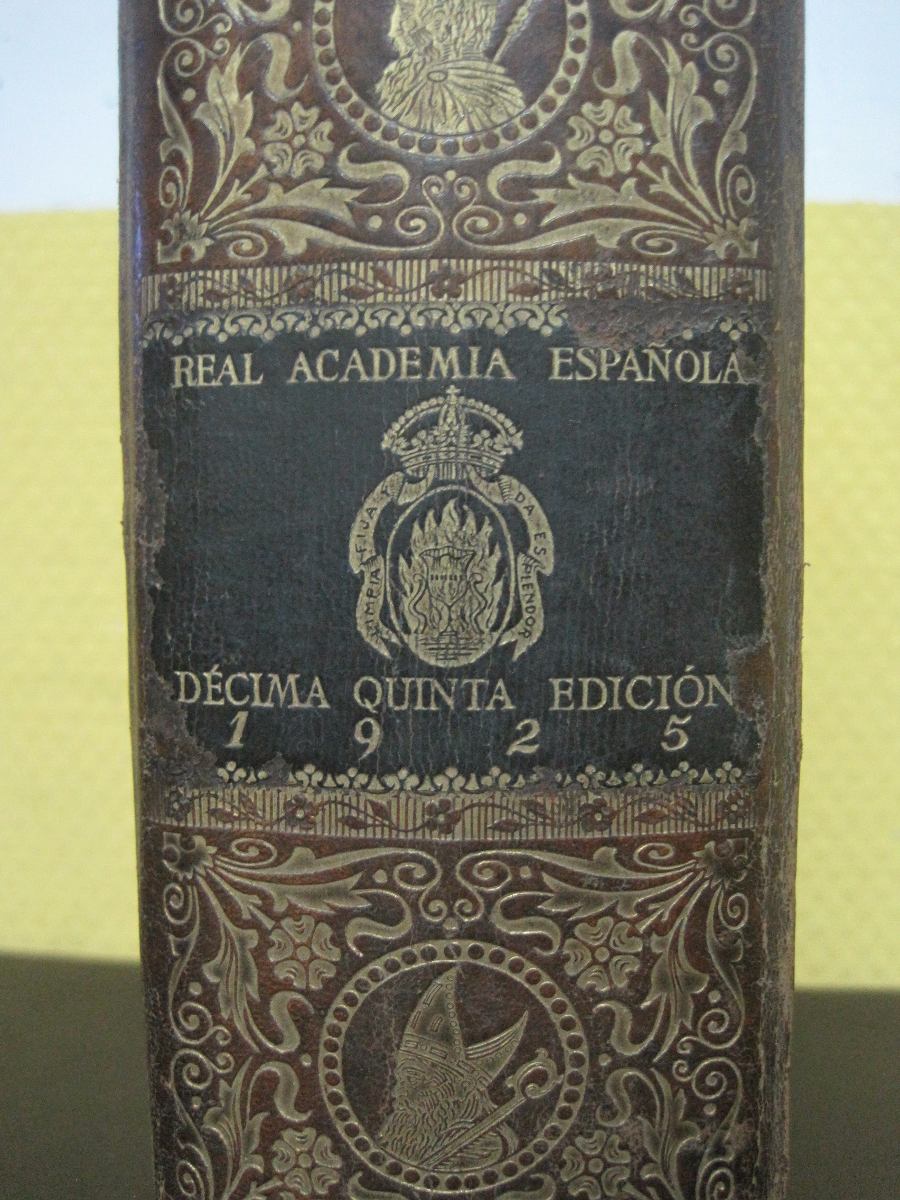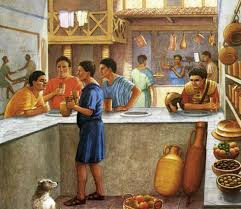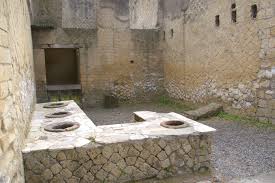Thread
Centuries ago, like now, there were hostels, posadas or taverns where food was served in exchange for money, as in a thermopolium in Rome (snack-bar) where we, readers of @LRB @TwitterBooks @nytimes @NewYorker @washingtonpost, would often go

During the #middle #ages, #food among privileged classes was cooked not based on #nutrients.



“public establishment where food and beverages are served, for a price, to be consumed in said establishment.”

The True Origin of Restaurants

With apologies to @CasaBotin in Madrid cited in @GWR as the oldest restaurant in the world (1725).







































